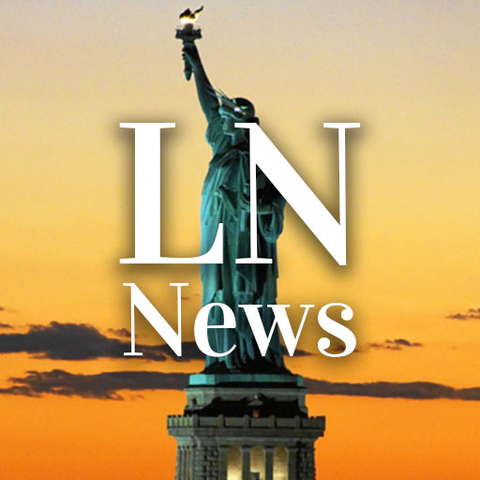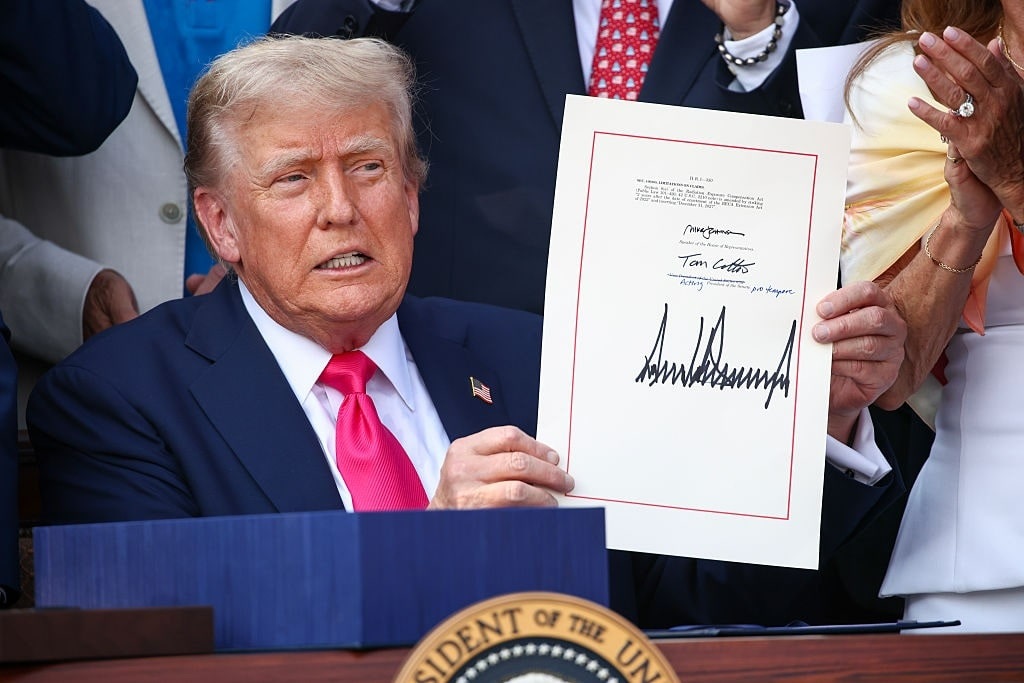



The Republican megabill, officially titled the One Big Beautiful Bill Act, was criticized as being a handout for corporations and wealthy individuals. The handwringing and lamentations have succeeded, as polls suggest many Americans ostensibly oppose the landmark legislation. However, a new analysis suggests that average US households, including those in blue states, are poised to receive thousands of dollars in tax cuts beginning next year. The Faustian bargain, however, is persistent fiscal hardship for a nation drowning in IOUs.
President Donald Trump signed the One Big Beautiful Bill Act in July, marking one of the most significant adjustments to federal tax policy since the Tax Cuts and Jobs Act was enacted almost a decade ago. Ultimately, the multi-trillion-dollar legislation prevents a tax hike on two-thirds of tax filers in 2026 and provides a range of tax cuts to businesses and individuals – such as a $15,000 standard deduction or a $2,000 Child Tax Credit – across all income demographics.
According to an analysis by the Tax Foundation, the average tax cut per taxpayer is expected to be $3,752 in 2026. This total amount will decline to $2,505 in 2030 but then return to $3,301 in 2035.
The geographic spread of cuts based on programs in the bill and individual states’ tax rates, structures, and brackets reveals stark contrasts. Taxpayers in Wyoming stand to gain the most, with an average benefit of $5,375. This is closely followed by Washington ($5,372) and Massachusetts ($5,139). At the other end of the spectrum, filers in West Virginia and Mississippi will see the smallest average reductions, at $2,503 and $2,401, respectively.
On a per-county basis, resort destinations dominate the leaderboard. Teton County, WY, leads with an eye-popping average cut of $37,373 per taxpayer, followed by Pitkin County, CO ($21,363), and Summit County, UT ($14,537). In contrast, rural counties like Loup County, NE, are projected to receive the most modest relief, averaging just $824.
As for the broader economy, the report stated, the bill is projected to create 938,000 full-time equivalent jobs over the long term, ranging from as few as 1,700 new positions in Vermont to as many as 132,000 employment opportunities in California.
Unless the bill can generate obscene amounts of wealth and economic growth for the world’s largest economy, America’s fiscal health will likely remain poor over the next several years.
Earlier this month, the Congressional Budget Office (CBO), a nonpartisan budget watchdog, released a new estimate for the legislation’s price tag. The bean counters concluded that the One Big Beautiful Bill would add approximately $4.1 trillion to the national debt. Additionally, the debt-servicing costs will total about $789 billion over the ten-year budget window, bringing the final tally to nearly $5 trillion.
As Liberty Nation News has noted, the CBO has published incorrect projections before, particularly concerning the Tax Cuts and Jobs Act. Contrary to its initial estimates, the federal government took in $500 billion more than the post-legislation forecast – and tax collections are currently at an all-time high.
With so much red ink flooding the nation, a chorus of conservative and liberal economists agrees that the last thing the country needs is tariff-funded rebate checks for American families.
Interestingly enough, despite record revenues, the national debt recently crossed the $37 trillion event horizon. By 2034, Uncle Sam’s mountain of IOUs is likely to exceed $50 trillion. While the Laffer Curve has been proven correct time and again – lower tax rates do bolster growth and stimulate tax collections – the federal budget has spiraled out of control. Indeed, not even the projected boom from artificial intelligence and the flurry of hopes and dreams of Trumponomics 2.0 can reverse the fiscal course.
